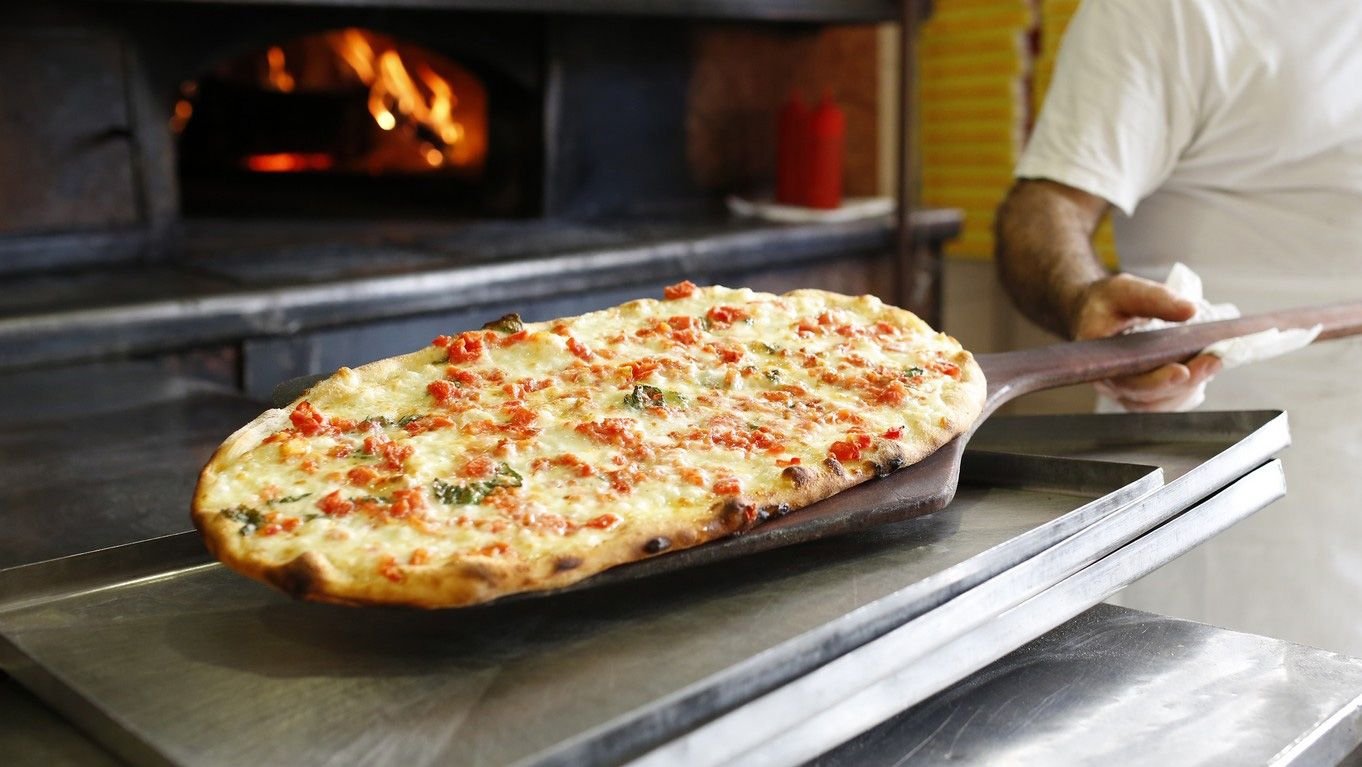Pizza, a culinary marvel born in the bustling streets of Naples, has transcended its humble origins to become a global sensation beloved by millions. This iconic dish, characterized by its thin crust, flavorful toppings, and versatility, embodies the essence of Italian culinary tradition while continually evolving to suit diverse palates around the world. Delving into the secrets of pizza reveals a rich tapestry of history, craftsmanship, and cultural significance that has shaped its enduring popularity.

Origins and Evolution
The story of pizza begins in Naples, Italy, during the late 18th century. Originally a simple peasant food, pizza was created by using inexpensive ingredients like tomatoes, mozzarella cheese, and herbs atop a flatbread crust. The Margherita pizza, named after Queen Margherita of Savoy, is perhaps the most famous example of this early style, featuring tomatoes, mozzarella, and basil—the colors of the Italian flag.
As Italian immigrants dispersed across the globe in the late 19th and early 20th centuries, they brought their culinary traditions with them, including pizza. In cities like New York, Chicago, and Buenos Aires, Italian immigrants adapted pizza to local tastes and ingredients, leading to the creation of regional variations such as New York-style pizza with its foldable slices and Chicago deep-dish pizza known for its thick, hearty crust.
Craftsmanship and Technique
At the heart of pizza’s allure lies the craftsmanship and skill of the pizzaiolos, or pizza makers, who masterfully blend tradition with innovation. The art of pizza-making involves more than just tossing dough and spreading sauce; it requires expertise in dough fermentation, precise oven temperatures, and the perfect balance of flavors.
In Naples, pizzaiolos adhere to strict guidelines for creating authentic Neapolitan pizza. The dough must be made with specific types of flour, water, salt, and yeast, then kneaded by hand and left to rise for hours to achieve its characteristic lightness and chewiness. The toppings are simple yet carefully selected, with San Marzano tomatoes, buffalo mozzarella cheese, and fresh basil being essential ingredients.
Cultural Significance
Pizza’s cultural significance extends far beyond its culinary appeal. It serves as a symbol of Italian identity and pride, embodying centuries-old traditions passed down through generations. In 2017, UNESCO recognized the art of Neapolitan pizza-making as an Intangible Cultural Heritage of Humanity, acknowledging its cultural importance and the craftsmanship involved.
Moreover, pizza has become a global ambassador for Italian culture, fostering connections and shared experiences among people of different backgrounds. Whether enjoyed in a family-owned trattoria in Rome, a bustling pizzeria in New York City, or a trendy cafe in Tokyo, pizza transcends borders to create moments of joy and camaraderie over a shared meal.
Versatility and Innovation
While traditional pizzas like Margherita and Marinara remain timeless favorites, pizza’s adaptability has led to an explosion of creative and innovative varieties. Modern pizzerias around the world experiment with diverse toppings, crusts, and cooking techniques to cater to evolving tastes and dietary preferences.
From gourmet pizzas topped with truffles and prosciutto to vegan pizzas featuring plant-based cheeses and seasonal vegetables, the possibilities are endless. Innovations such as gluten-free crusts and cauliflower bases have also made pizza more accessible to individuals with dietary restrictions, ensuring that everyone can indulge in this beloved dish.
The Future of Pizza
As pizza continues to evolve in the 21st century, driven by culinary innovation and cultural exchange, its future remains bright. Artisanal pizzerias uphold traditional methods while embracing sustainability practices and local sourcing. Technology has also played a role, with pizza delivery apps and online ordering systems making it easier than ever to enjoy a hot, fresh pizza from the comfort of home.
Furthermore, pizza festivals, competitions, and culinary tours celebrate the diversity of pizza styles and flavors worldwide, highlighting its enduring popularity and universal appeal. Whether you prefer a classic Neapolitan pizza or a contemporary creation, pizza’s ability to bring people together and evoke a sense of culinary adventure ensures its place as a cherished dish for generations to come.
Conclusion
Pizza, with its storied history, craftsmanship, and cultural significance, remains an integral part of Italian cuisine and a global culinary phenomenon. From its humble beginnings in Naples to its evolution into countless regional variations worldwide, pizza continues to captivate taste buds and inspire chefs and food enthusiasts alike. Whether enjoyed as a quick slice on the go or savored as a gourmet meal, pizza’s enduring popularity speaks to its status as a timeless symbol of deliciousness and cultural connection. As we celebrate pizza’s legacy and look forward to its future innovations, one thing remains certain: pizza will always hold a special place in the hearts—and stomachs—of food lovers everywhere.











